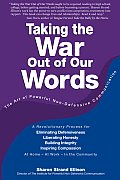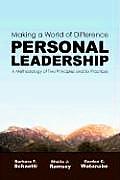Julia Ross theorizes that deficiencies in certain amino acids cause emotional symptoms, and taking supplements, as well as generally eating more protein, can quickly and completely resolve most mood problems.
The book is clearly and carefully written, with a lot of “if you experience this, try that” advice. It starts with a Mood-Type questionnaire, and continues with a chapter on each type and what helps.
- Under a dark cloud: low in antidepressant serotonin
main solution: 5-HTP in the afternoon and evening - Suffering from the blahs: low in stimulating catecholemines or thyroid
main solution: L-tyrosine between meals - Overwhelmed by stress: Low in tranquilizing GABA
main solution: GABA when stressed - Too sensitive to life’s pain: low in pain-killing endorphins
main solution: DLPA, D- and L-phenylalanine
Julia Ross recommends a hearty serving of protein for each meal: 3 eggs, or 3-4 ounces of meat, or 1.5 cups of beans. Plus plenty of fats and vegetables. She says several times that weight-loss diets do damage, and has a section headed, “Eat Enough.” There is a section of Good-Mood menus and recipes.
There is far more information in this book than I can even summarize here. It seems worth reading it and trying some of the recommended supplements, although I doubt the results are as consistent and dramatic as claimed.






